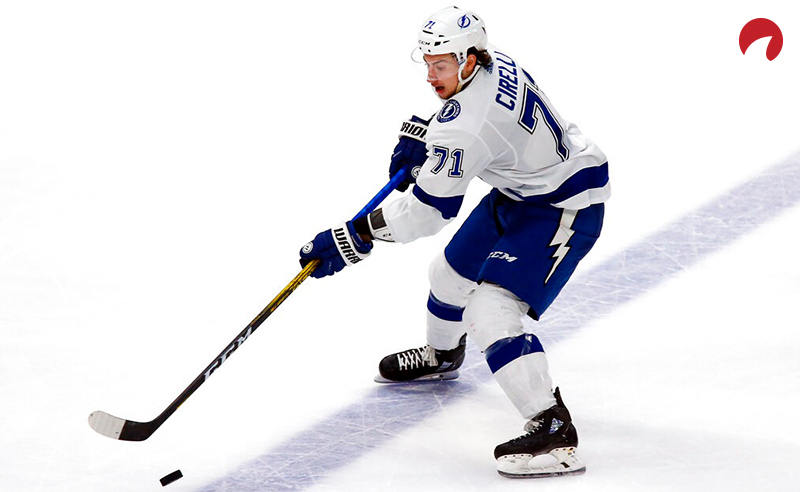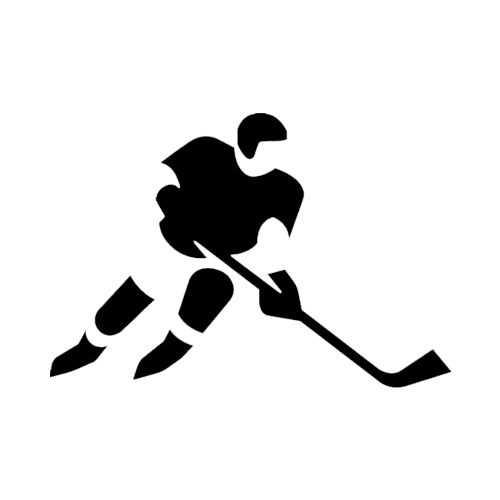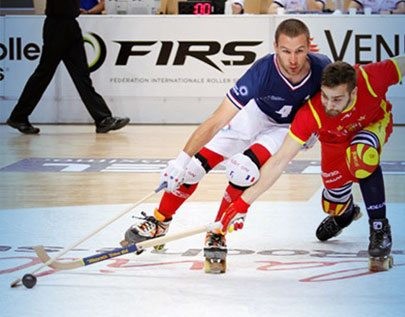Hockey Odds Explained


Similar to our Puck-line and 1st Period Odds, every contest on the board shows the Odds, Date and Time of the National Hockey League contests on the slate. Hockey will list Favorites and Underdogs for that day's slate of games. The Money Line Odds will list the favorite with a (-) symbol, while the underdogs will be shown with a (+) symbol. The majority of betting sites online, as well as the betting apps, will. So if you see phrases like pro hockey betting tips, NHL hockey betting tips, hockey odds explained, hockey odds today, hockey predictions or hockey over under stats when searching for betting advice on ice hockey, despite the omission of the word “ice” they will almost certainly be relating to ice hockey betting predictions.
The point spread - also called 'the line' or 'the spread' - is used as a margin to handicap the favorite team. For betting purposes, the oddsmaker predicts that the favored team will win by a certain number of points. This number of points is the point spread. The favorite is always indicated by a minus sign (e.g. -5.5) and the underdog by a plus sign (e.g.+5.5). If you bet on the favorite, you win your bet if the favorite wins AND their margin of victory is greater than the point spread. If you bet on the underdog, you win if the underdog wins, ties, or if the favored team wins but fails to exceed the point spread. It is standard for point spread bets in most sports that you wager $110 to win $100.
The point spread given in the table above is for the home team only. To see the odds for both teams, click on the matchup.
- Hockey will list Favorites and Underdogs for that day's slate of games. The Money Line Odds will list the favorite with a (-) symbol, while the underdogs will be shown with a (+) symbol. The majority of betting sites online, as well as the betting apps, will simply do the math for you.
- Article: How To Read Over / Under Betting Odds. NHL Team Props Explained. NHL Team prop betting odds are lines formed for games and during the season that do not really relate to the direct outcome of the game. For example, a team prop in a specific game might be something like the first team to score a goal in the match up.
A money line, used in baseball and hockey, takes the place of a point spread. Money line betting is simply wagering on the contest based on a given price rather than a point spread. The team wagered on has to win the game outright, regardless of the score. The minus sign (e.g.-130) always indicates the favorite and the amount you must bet to win $100. The plus sign (e.g.+120) always indicates the underdog and the amount you win for every $100 bet. Using this example, therefore, you would bet $130 to win $100 on the favorite, while for the underdog you would bet $100 to win $120.
The over/under is the number of points oddsmakers expect will be the total score for the contest (both teams combined, overtime included). You bet on whether the total points scored will be more or less than this number. As with point spread bets, you must generally wager $110 to win $100.


Betting on a point spread or money line is sometimes called betting 'sides' - that is, betting that one side or the other will be the winner - while betting the over/under is referred to as betting 'totals'.
Hockey Explained For Kids
[ Back to Top ]